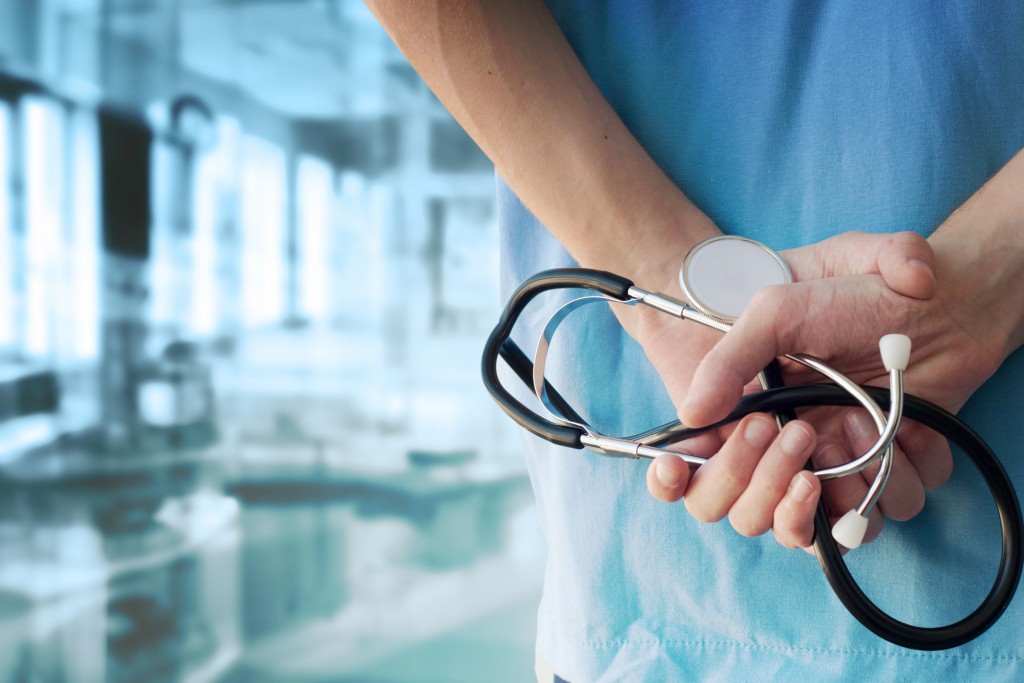Healthcare is a major concern for any community. Keeping everyone healthy is not simple, with a variety of diseases and conditions out there. If you are in charge of the local healthcare response, whether as a hospital administrator or part of the local government, you want to ensure that all members of the community get the right treatment. But current healthcare services are unable to do that. Here are some suggested changes that can help your community get better healthcare services:
Analyze Current Services and Make a Plan
You can’t make improvements if you don’t know what is wrong with the system. Before doing anything, you should look at the current operations and see what is lacking. You should be able to see how well the current system performs so that you can propose some changes. Identify areas where local healthcare seems to be lagging and focus on those.
Consider Telehealth
Some people can’t go to a clinic or a hospital easily. Home treatment can also be difficult since it can consume time and manpower. This is where telehealth can come in. This uses modern technology to allow for remote diagnoses. People can now use smartphones to contact their doctors and upload their current state, along with things like food logs and their medication records.
With an online portal available, all people need to do would be to log-on and they can get the normal things they would expect from a doctor’s visit like prescription refills and the like.
Increase Availability
One of the biggest hurdles that healthcare services have to overcome is the availability of healthcare. Depending on the needs of the community, you might expect the current appointment books of local doctors to be full. To help deal with this, you need a team effort. It is not just physicians that can help meet the demand. Bringing in more nurses and assistants can help remove a large burden from doctors’ shoulders so that they can focus on what only the can do.
Better Connections

It might surprise you how much different healthcare organizations know about patients. With modern technology, data collection has become a part of life. The problem is that the information they gathered stays useless unless shared with other healthcare services.
For example, local pharmacies usually have a database of people’s prescriptions. They also have a record of when they last placed an order in their receipts. Having this data available to the local hospitals can be important when a person goes in for an emergency procedure and they can’t answer some of the important questions.
Additionally, healthcare services can benefit from knowing which people in the community are at risk from some conditions so that they can send people over to check. Some platforms such as Julota that allow for easy information-sharing and integrating them into your community can be a big help.
Keeping a community healthy is not the job of only one organization. To truly ensure that your community is safe, the improvements you make should be far reaching. It will take time and effort to make them happen, so you need to start these changes now to be able to save more lives.
